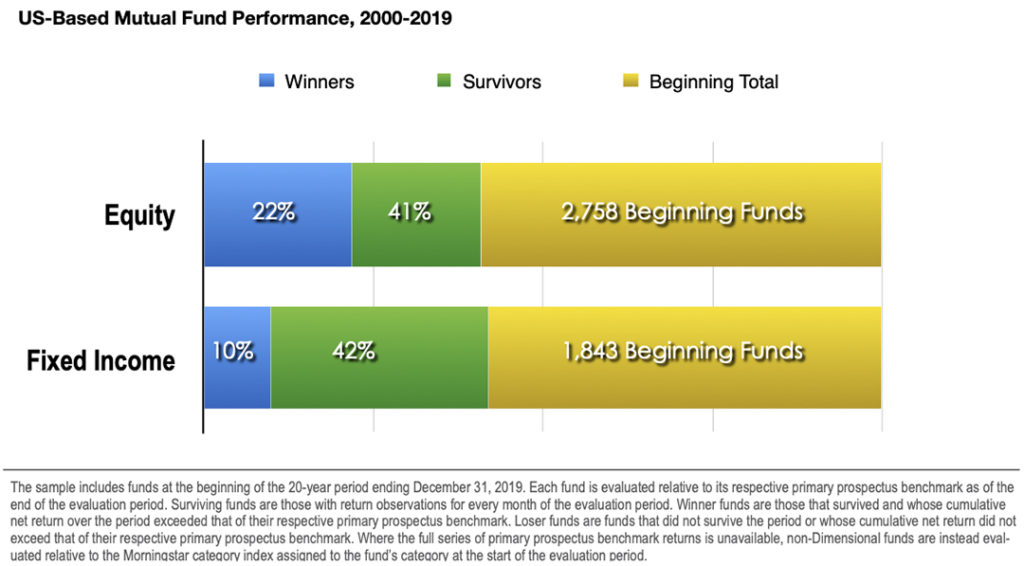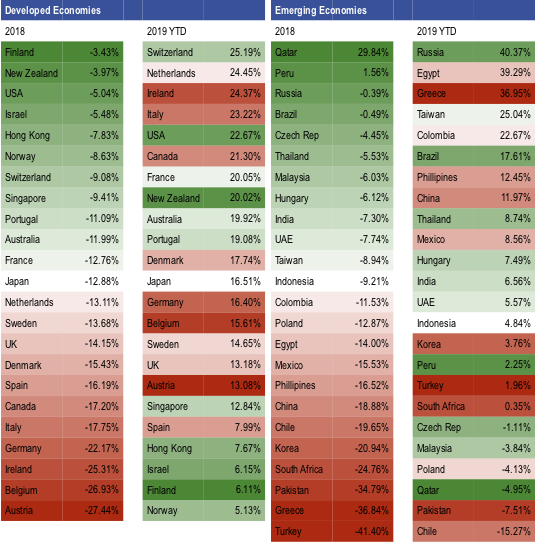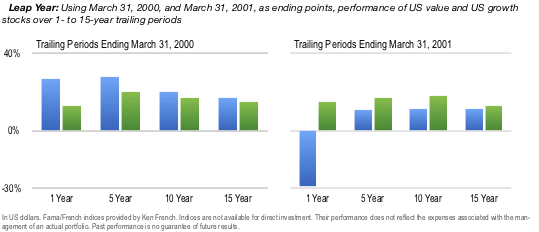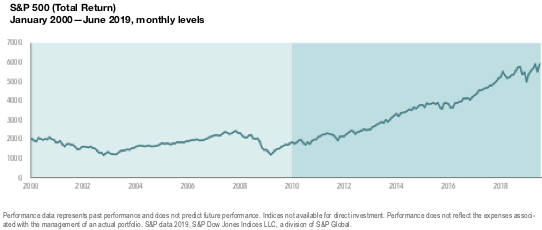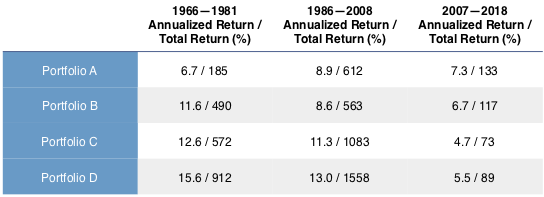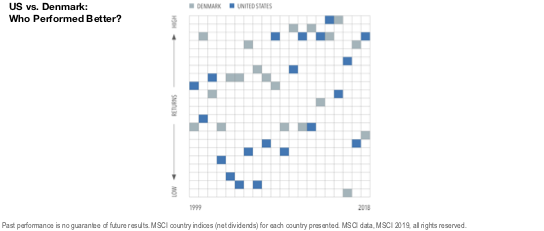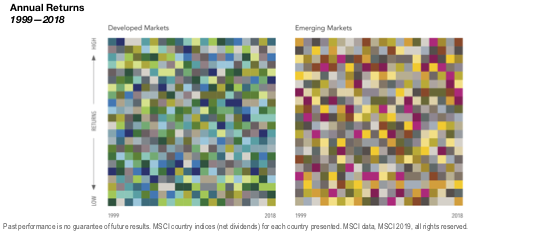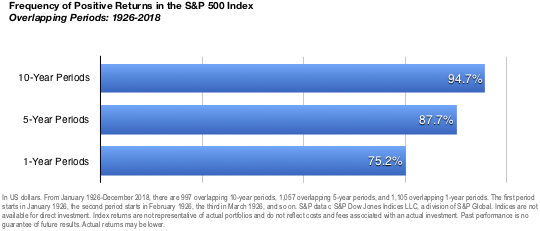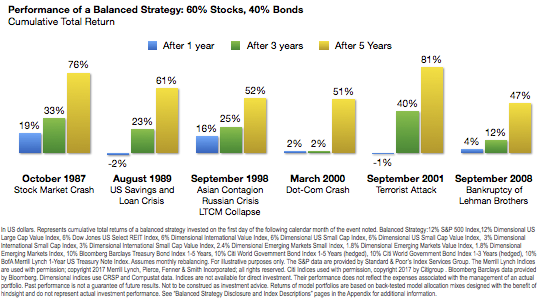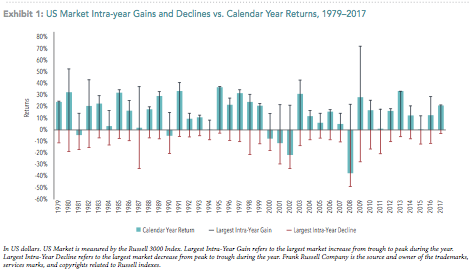An Age Old Debate in Finance: Active vs. Passive
Don’t Try to Outguess the Market The competitive landscape makes the search for future winners a formidable challenge. Confronted with so many fund choices—and lacking an investment philosophy to inform their search—some investors will resort to using track records as a guide to selecting funds, reasoning that a fund manager’s past outperformance is likely to […]
An Age Old Debate in Finance: Active vs. Passive Read Full Article »

